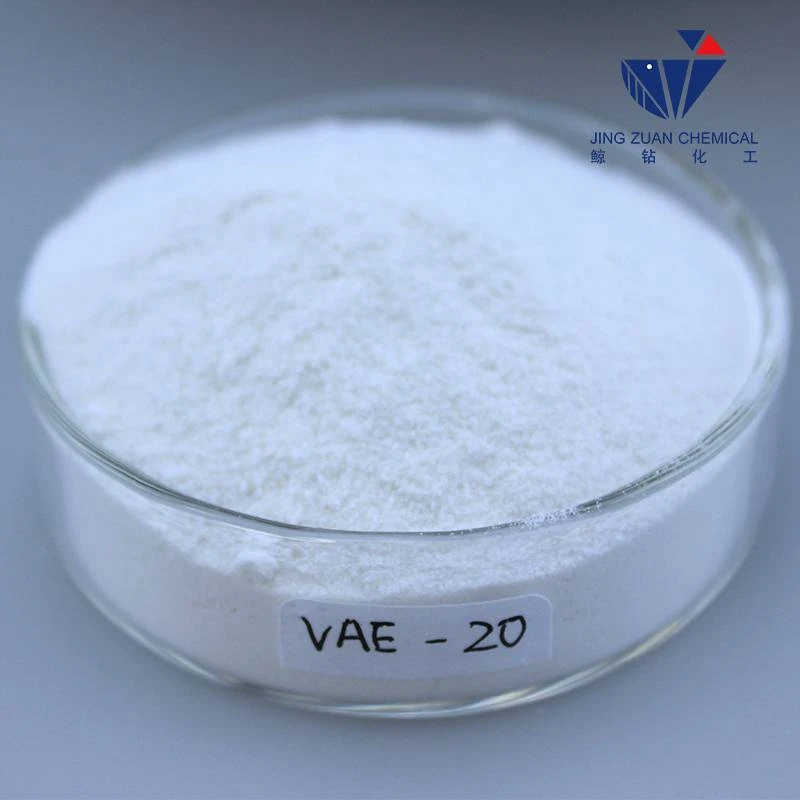
Aug . 17, 2024 03:33 Back to list
Solubility Properties of Hydroxypropyl Methyl Cellulose in Various Solvents and Conditions
Hydroxypropyl Methyl Cellulose Understanding Solubility and Its Applications
Hydroxypropyl methyl cellulose (HPMC) is a cellulose derivative that has gained significant popularity in various fields, particularly in pharmaceuticals, food production, and construction. One of the critical aspects of HPMC that deserves attention is its solubility characteristics, which play a pivotal role in determining how and where it can be effectively utilized.
What is Hydroxypropyl Methyl Cellulose?
HPMC is synthesized by modifying cellulose, a natural polysaccharide found in the cell walls of plants. The modification process involves introducing hydroxypropyl and methyl groups into the cellulose structure. This modification significantly alters the solubility and functional properties of cellulose, allowing HPMC to dissolve in water and form viscous solutions, unlike its parent compound, which is insoluble in water.
Solubility Characteristics of HPMC
The solubility of HPMC is influenced by several factors, including its methoxy and hydroxypropyl substitution levels, molecular weight, and the temperature of the solvent. Generally, HPMC is known to be soluble in cold water and forms a gel-like solution when it is heated. This thermosensitive behavior is particularly advantageous in various applications, as it allows for controlled properties based on temperature variations.
1. Substitution Levels The degree of substitution affects the solubility and viscosity of HPMC. Higher levels of hydroxypropyl and lower levels of methoxy groups typically enhance water solubility. Manufacturers can tailor the substitution levels to achieve desired solubility and viscosity profiles for specific applications.
2. Molecular Weight HPMC is available in various molecular weights, ranging from low to high. Lower molecular weight grades dissolve more quickly and produce less viscous solutions, while higher molecular weight grades yield thicker gels and more viscous solutions. This versatility allows HPMC to be utilized in various formulations, depending on the desired consistency and functionality.
hydroxypropyl methyl cellulose solubility

3. Temperature As previously mentioned, HPMC's solubility is temperature-dependent. At elevated temperatures, HPMC can swell and increase the viscosity of solutions, making it useful in processes such as hot-melt extrusion in pharmaceuticals and food science. Conversely, it can be easily dissolved at lower temperatures without heating, providing flexibility for formulation processes.
Applications of HPMC Based on Solubility
The solubility characteristics of HPMC enable its wide-ranging applications
- Pharmaceuticals HPMC is often used as a binder and film-forming agent in pharmaceutical tablets and capsules. Its solubility profile allows it to control the release rate of active ingredients, providing sustained-release formulations that improve therapeutic effectiveness.
- Food Industry In food processing, HPMC acts as a thickening and gelling agent. Its ability to dissolve in cold water makes it suitable for various food products, including sauces, dressings, and bakery items, where texture and mouthfeel are crucial.
- Construction HPMC is widely used in construction materials, such as mortars and tile adhesives. Its water retention properties enhance workability and adhesion, and it helps in controlling the setting time of these materials, making them easier to use while ensuring durability.
Conclusion
Hydroxypropyl methyl cellulose is a versatile compound whose solubility properties make it invaluable in multiple industries. By understanding and manipulating its solubility characteristics, manufacturers can tailor HPMC for specific applications, enhancing product performance and consumer satisfaction. As science continues to advance, the potential for new formulations and innovative uses for HPMC is vast, solidifying its essential role in modern industrial applications.
-
Versatile Hpmc Uses in Different Industries
NewsJun.19,2025
-
Redispersible Powder's Role in Enhancing Durability of Construction Products
NewsJun.19,2025
-
Hydroxyethyl Cellulose Applications Driving Green Industrial Processes
NewsJun.19,2025
-
Exploring Different Redispersible Polymer Powder
NewsJun.19,2025
-
Choosing the Right Mortar Bonding Agent
NewsJun.19,2025
-
Applications and Significance of China Hpmc in Modern Industries
NewsJun.19,2025







